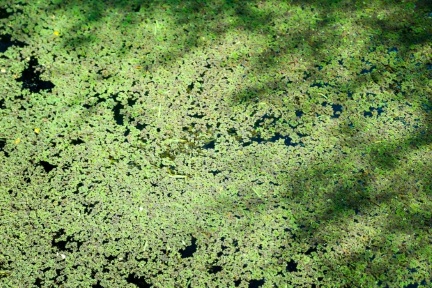Phylogeny, Genetics, and Evolutionary Luck
Using sophisticated computer equipment and the intelligently designed brains that God gave them, evolutionists believe they have determined the cause of the "accident" that led to the origin of life. (Note to those who claim that evolution has nothing to do with the origin of life: your assertion is easily refuted, so stop being dishonest.) The problem with this science is that is is mere storytelling.
As any computer saddle tramp knows, software is only as good as its design — garbage in, garbage out. Add to that the biases of researchers who are trying to prove goo-to-gastroenterologist evolution, and whaddya know, it gave the results that they wanted. Of course, they indulged in the usual deck stacking techniques in order to avoid dealing with the reality that we were created and did not evolve from primordial scum.
 |
| Image credit: morgueFile / Tracy7 |
Many people enjoy tracing their family tree. And while genealogy has been important to people throughout recorded history, the advent of modern genetics has added a new dimension to the pursuit of our roots. We know, for instance, that modern humans have a bit of Neanderthal floating about in their DNA! But do we have a single-celled creature at the deepest root of our family tree? Now a group of evolutionary scientists claims they have resurrected ancient proteins and revealed—through the marvels of molecular time travel—the happy accident that jump-started multicellular life 600 million years ago.To read the rest, click on "Pinpointing the 'Accident' That Let Multicellular Life Evolve".
The Glue That Holds Us Together
Our bodies are made of trillions of cells. But what holds those cells together? What keeps them so nicely organized, preventing us from dissolving into a bucket of goo? An important part of that answer is a protein complex that, during cell division, acts like a scaffold to properly orient a cell’s internal components to its surroundings. During cell division, chromosomes are organized on a “mitotic spindle.” Part of the “spindle-scaffolding” complex, a protein called Dlg, like a tiny carabiner, links the mitotic spindle to a molecular marker near the cell’s surface. Thus this important protein enables new cells to be team players, cooperative parts of the tissues to which they belong.
University of Oregon biochemist Ken Prehoda and colleagues wanted to discover how these scaffolding proteins, which are found in many different animals, evolved. He believes his team has, using ancestral protein reconstruction, traced this key component in evolution’s multicellular mystery back to its molecular mother.